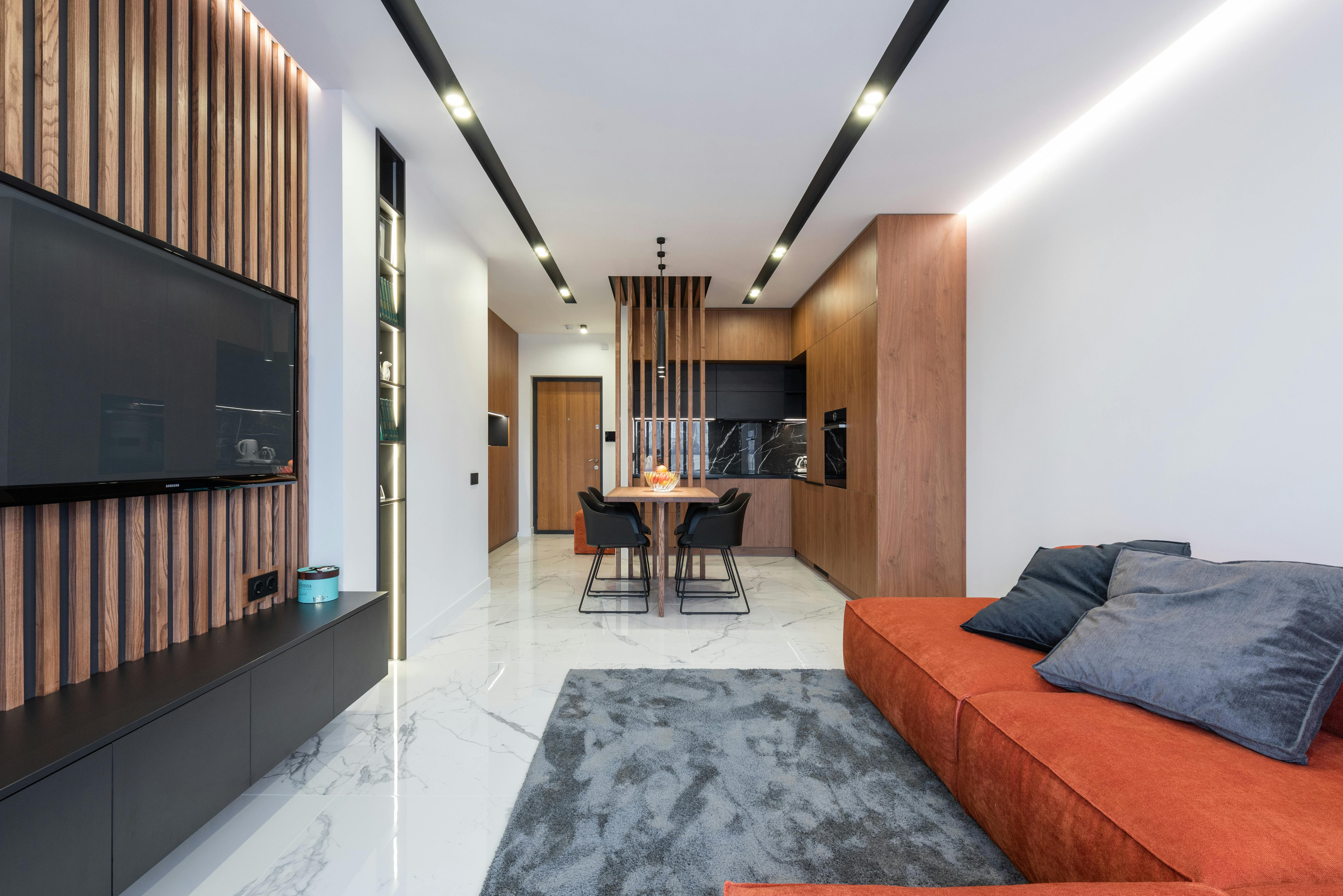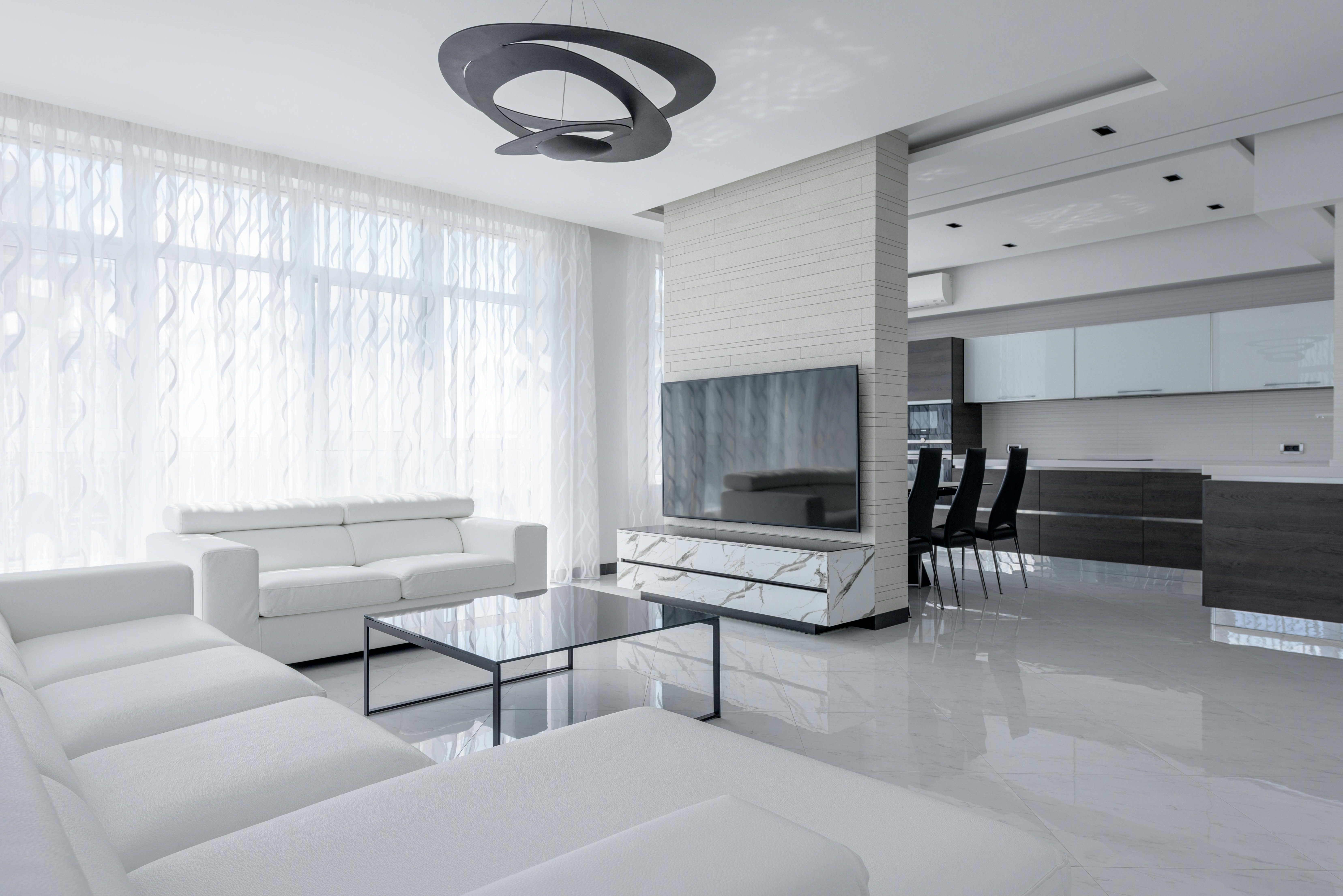Decoding the TV Buying Puzzle: Your Guide to Making the Right Choice

Do you ever get frustrated trying to keep track of all your television remotes? With the rise of smart TVs and streaming devices, our home entertainment systems have gotten complex. Juggling multiple remotes just to watch TV or a movie has become tedious.
Fortunately, there’s a simple solution that can make everyone’s lives easier. In this article, you’ll learn about an innovative app that consolidates all your entertainment controls into one convenient smartphone interface.
This versatile app offers universal remote capabilities to seamlessly operate your TV, streaming services, Roku devices, and more. You’ll discover how easy it is to set up without any advanced technical skills required. Plus, you’ll enjoy handy features like screen mirroring your phone’s content directly onto your television.
By the end, you’ll have all the details you need to simplify your home entertainment experience. You’ll wonder why you didn’t make the switch sooner!
Demystifying TV Specs: Understanding What Matters Most
Tired of juggling multiple remote controls just to watch TV? With today’s smart TVs and streaming devices, it can feel like you need a degree just to turn on the latest episode of your favorite show. But it doesn’t have to be that way. This article will demystify the confusing spec sheets and help you focus on the features that truly impact your viewing experience.
Whether you’re shopping for a new TV or looking to upgrade your current setup, I’ll explain the key specs in simple terms – no technobabble allowed! You’ll learn what resolution, refresh rate, HDR, and other specs actually mean and which ones influence picture quality and performance the most.
I’ll share insider tips on identifying the best display panel for your needs and budget. You’ll also discover pro tricks for calibrating picture settings to get the most out of your TV, regardless of brand or price point. From advice on future-proofing to mounting and media setups, you’ll find plenty of practical guidance.
By the end, you’ll have the knowledge to shop smarter, maximize your TV’s potential, and customize the ideal viewing experience for your household. No more buyers’ remorse or post-purchase regrets. Just sit back, relax, and enjoy crystal clear visuals that pop on the big screen!
Choosing the Right Size: Finding the Sweet Spot for Your Space
Finding the Sweet Spot for Your Space
Determining the right TV size for your room can be tricky. While it’s tempting to go as big as possible, choosing a screen that overwhelms your space comes with downsides. The key is finding the optimal balance between immersion and practicality.
When selecting a TV, start by measuring your room and viewing distance. The general rule is your viewing distance should be 1.5 to 2.5 times the diagonal screen size. For example, for a 50-inch TV, ideal viewing range is between 5-8.5 feet. Going too small or too big can strain your eyes or diminish picture quality.
Additionally, consider room layout and wall space. Be sure to pick a size that fits comfortably within your existing furniture configuration without dominating the area. Scale matters—an oversized screen crammed into a small room will feel invasive.
“Choose a TV size that feels right for both your room and optimal viewing distance—not just the biggest you can fit or afford.” – CNET Home Entertainment Experts
To find your personal sweet spot:
- Measure room size and typical viewing distances.
- Use size ratio guidelines to identify ideal screen measurements.
- Ensure the TV dimensions align with your room layout, factoring in furnishings.
- Validate choices using TV size calculators.
Apps like Universal Remote TV Control also help optimize setup. Beyond operating TV functions, these tools allow you to test different arrangements via screen mirroring before mounting a television.
Finding the right TV size requires balancing visual immersion with real-world spatial constraints. While tempting, going too large or small negatively impacts viewing. With some quick calculations and testing beforehand, you can determine the sweet spot that turns your living room into the ultimate home theater.
Navigating the Budget Maze: Getting the Best Value for Your Money
Finding the TV that perfectly balances performance, features, and price can feel like wandering through a maze. With options spanning from just a couple hundred bucks to several thousand, how do you know where to draw the line? There’s no one-size-fits-all answer, but focusing on a few key points can help narrow your search.
First, consider what screen size you need or want. Bigger is not always better if your space is limited or you’ll mainly watch from across the room. Aim for a minimum screen size based on your setup. Just keep in mind that prices jump the larger you go.
Next, think about what features matter most – is image quality critical for movies and gaming or convenience features for streaming? High dynamic range (HDR), high resolution (4K or 8K), refresh rate, and smart connectivity will drive costs up. Know which those you can compromise on if needed.
| Screen Size | Good | Better | Best |
|---|---|---|---|
| 32-43 inches | 720p | 1080p | 4K + HDR |
| 50-65 inches | 1080p | 4K | 4K + HDR + Smart TV |
| 70 inches + | 4K | 4K + HDR | 4K + HDR + Smart TV + Advanced motion |
For most buyers, mid-range 4K models offer great quality without breaking the bank. But step up or down based on your priorities and room setup. Finally, look for sales around major holidays for extra savings on last year’s models.
If you arm yourself with insight on features, pricing tiers and ideal sizes, finding a TV with the optimal match of performance and value doesn’t have to be a nightmare. Focus on the capabilities that matter and resist overspending just to have the latest and greatest.
Sources:
TV Buying Guide,
TV Size to Distance Calculator
Future-Proofing Your Purchase: Ensuring Your TV Stands the Test of Time
Investing in Longevity
When purchasing a new TV, it’s understandable to want that investment to last for years before needing an upgrade. With rapid advances in display technologies and streaming formats, future-proofing a TV purchase is critical yet challenging.
Start by considering a TV with software update support. Many modern smart TVs receive periodic updates to fix bugs, patch security flaws, and add new apps or functionality. An updateable TV has more longevity as standards evolve.
Connectivity is another key aspect. Look for HDMI 2.1 ports, which offer higher bandwidth for 8K video and 120Hz refresh rates. Though 8K content is still limited, having HDMI 2.1 future-proofs you for the rise of this ultra high-resolution format.
For the display itself, OLED is regarded as more future-proof than LCD. With per-pixel lighting control and no backlight issues, OLED can better optimize image quality advances. Mini-LED LCD and QD-OLED hybrids aim for a middle ground but have shorter track records so far.
Lastly, consider using a universal remote app for convenience. Streamlining TV, streaming, and smart home control into one intuitive app allows seamlessly adapting as you upgrade devices down the road.
Investing in the Long Run
Buying a new TV is an exciting prospect, but it can also feel risky not knowing if your shiny new set will still be viable in a few years. With ever-changing technologies and new video formats always on the horizon, how can you choose something built to last?
Focus on Software Upgrades
One of the best ways to future-proof is prioritizing TVs that receive regular software and firmware updates from the manufacturer. This allows them to smoothly adapt to new content sources, streaming services, and connectivity standards over time without becoming obsolete.
Make Connections with HDMI 2.1
HDMI 2.1 brings major boosts in bandwidth and features compared to older versions. It’s key for handling high resolution, high framerate content from new gaming consoles and ultra HD Blu-rays. Making sure your connections are up to date prevents bottlenecks.
Know Your Screen Technologies
The longevity of LCD, OLED, and other panel types varies. Well-made OLED TVs can achieve outstanding image quality over an average of 5-7 years in normal use before burn-in becomes a risk. Quality LCD TVs using LED backlights with local dimming provide excellent lifespans of 10 years or more.
Testing out display technologies during free trial periods can help determine which is the best long-term match for your usage and budget.
Conclusion
When it comes to buying a new TV, it’s easy to get overwhelmed by all the specs, sizes, features, and budget considerations. However, armed with the right information, you can navigate this process confidently. We’ve covered key factors like resolution, panel types, smart capabilities, and future-proofing that should guide your buying journey. Remember to focus on the viewing experiences that matter most to you.
Solutions exist to simplify your home entertainment setup after purchase as well. The Universal Remote TV Control app aims to consolidate all your streaming services and TV controls into one convenient hub on your phone. With versatile compatibility, an intuitive interface, and even a free trial to test full features, it may be worth exploring.
By doing your own research and narrowing down your personal needs, you’ll find the perfect TV for immersive viewing without buyer’s remorse. And you may discover helpful products to make entertainment management easier too. We hope these key takeaways have prepared you to shop confidently and enjoy your new TV for years to come!




